The Art Nouveau style generated support in graphic art and architecture all over the world, appearing in several trends such as Jugendstil in Germany.
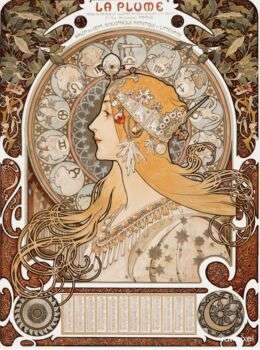
Image source: https://search.creativecommons.org/photos/716d8184-4863-48dc-a814-e8855fa48803 by Free Public Domain Illustrations by rawpixel

Image source: https://search.creativecommons.org/photos/0a639a56-acc9-4970-90c7-ec346bdbe49f by Free Public Domain Illustrations by rawpixel
Art Nouveau Architecture in the World
The Art Nouveau architecture shaped the identity of many cities all over Europe, because of its size and signature appearance. Thus, it is still visible today in buildings, houses, and commercial structures.
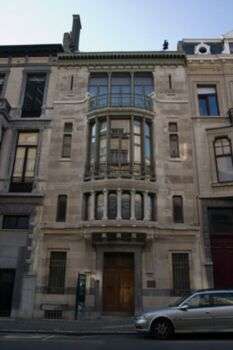
Image source: https://search.creativecommons.org/photos/a36ce38d-f731-4181-81a5-7d1348efc491 by RightIndex
Victor Horta, for example, designed Hotel Tassel and the Maison du Peuple, both located in Brussels. The Hotel Tassel, often considered the first Art Nouveau building, is a townhouse created for one of Horta’s usual professional clients in the 1890s. In the structure, Horta combines themes of nature and industry in an interesting way.
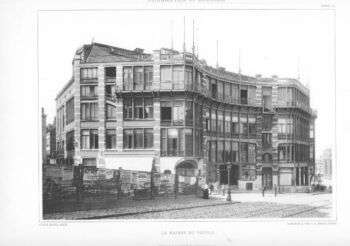
Images source: https://search.creativecommons.org/photos/4b077de5-d6d8-44ed-8d18-bf76d0a7f98f by Victor Horta
The main achievement of Horta’s career is the Maison du Peuple, which is the headquarters of the Belgian Workers’ Party. The structure is referred to as a temple of Socialism, as similar structures can be found in many European countries and were useful in various communal functions for working-class citizens.
In France, the state approved Art Nouveau-style architecture when Guimard designed the Paris Metro stations to fuse iron and glass and to resemble large bean shoots and seed-pods. Hector Guimard approved Horta’s work in Brussels trying to extend its radical disruption of architectural behavior. Further, his work also shaped Montreal’s metro stations entrances.
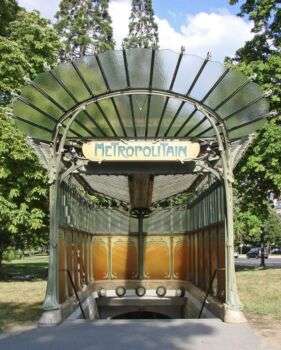
Image source: https://search.creativecommons.org/photos/52ec9f72-acd0-4fa5-a5b9-fdc8b1823d93 by dalbera
In America, one of the first skyscrapers built in the world, the Wainwright Building, by Louis Sullivan and Dankmar Adler can be considered a prototype of the modern office. The Guaranty Building, which opened in 1896, is one of Sullivan’s masterpieces and is an extraordinary example of innovation. In the 1890s, a steel skeleton skyscraper was unknown, new, and unique. Further, man early skyscrapers were heavily influenced by traditional European designs.
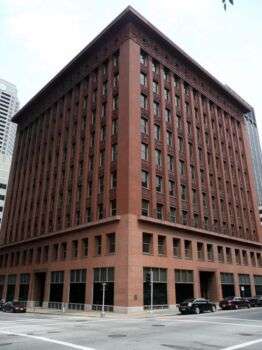
Image source: https://search.creativecommons.org/photos/2ba4807f-9360-4a81-a2e9-b135e7a6ebd1 by Reading Tom
Art Nouveau Characteristics
This style creates contrast in a world of art dominated by the rigor and geometry of Neoclassical patterns. Further, it sought a new graphic design language, as far away as possible from classical models designed by the arts academies. Here are the main features of Art Nouveau:
- Extreme Curves inspired by nature
- Images of flowers, plants, birds or insects and carvings
- Patterns of Curving Lines
- Use of symbols
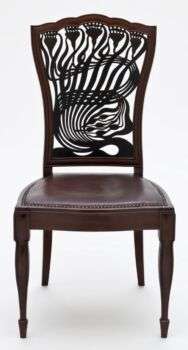
Image source: https://search.creativecommons.org/photos/899abacd-bc81-4e2c-8256-d15043390881 by Fæ
Jugendstil and its Artists
The Jugendstil movement, founded by many new publications, addressed fine and applied arts, such as Pan and Die Jugend. Jugendstil has two phases: an early period before 1900, which is principally floral, and a later, more abstract phase, coming out of the Viennese works of Henry van de Velde. Here are the most famous artists:
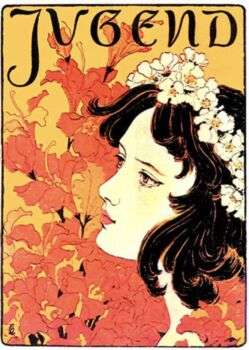
Image source: https://search.creativecommons.org/photos/b3b422c4-db5b-41e5-b800-f00b7fa925f8 by Halloween HJB
- Otto Eckmann: A designer who created the Eckmann typeface, based on Japanese calligraphy. Further, he created the swan used as the leitmotif.
- Richard Riemerschmid: Designer of the factory for Hellerau (now part of Dresden), and he is particularly for his houses.
- Hermann Obrist: Studied natural sciences before becoming an artist and moving to the Kunstgewerbeschule to become an important sculptor. Further, he is known for his wall-hanging Cyclamen.

Image source: https://search.creativecommons.org/photos/b0cc5c6a-0304-4554-88e3-066e4c2b63c6 by Halloween HJB
Info source: https://en.wikipedia.org/wiki/Art_Nouveau
